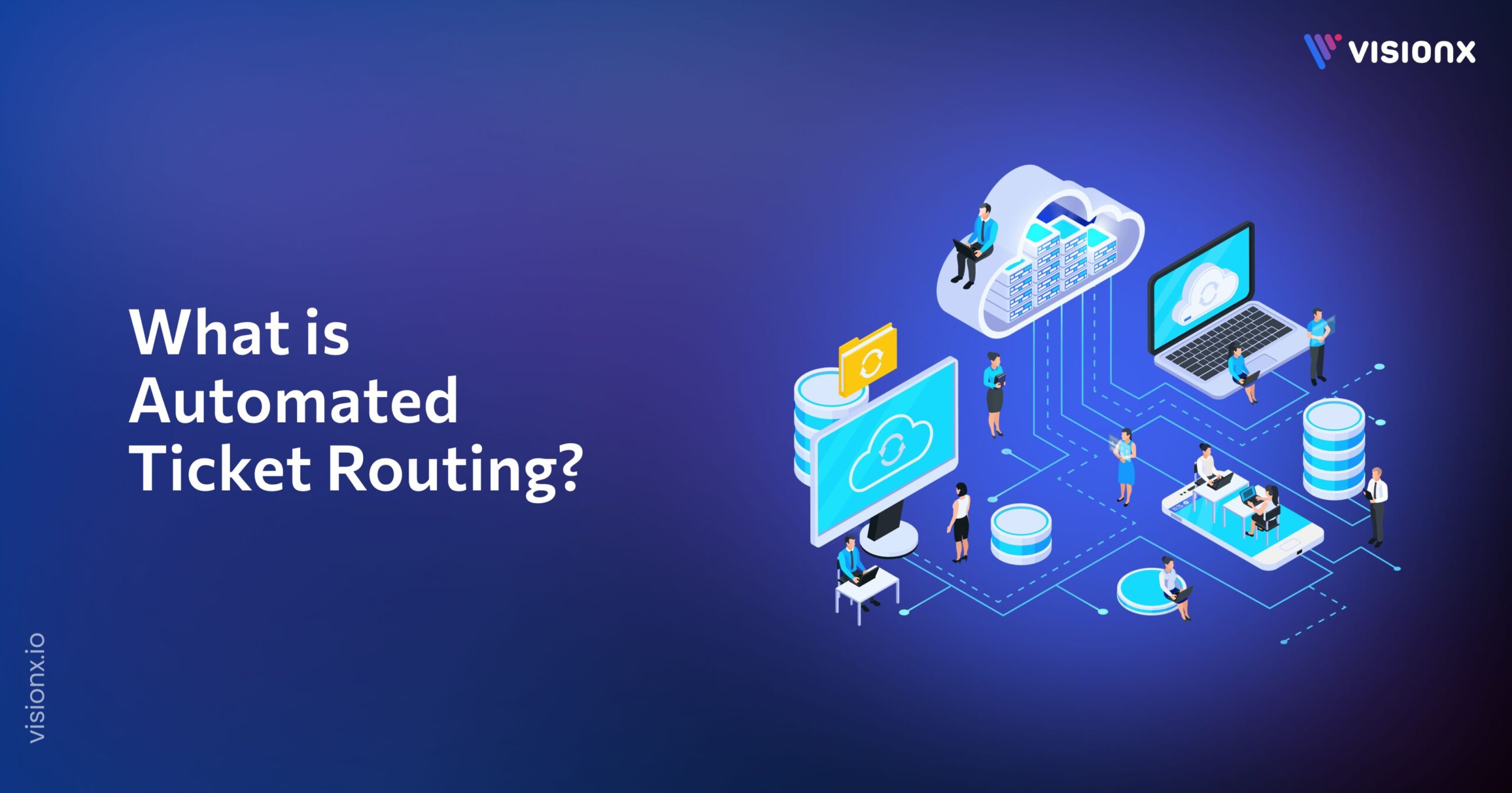Have you ever wondered what sets websites apart from mobile apps? With technology advancing faster than a viral TikTok dance, even experts get confused about web development vs. app development sometimes!
But as more businesses, creators, and even casual internet lurkers seek digital spaces to share ideas and innovations, understanding the web vs app distinction has become crucial! By the end of this plain English guide, even the biggest technophobe will walk away an expert on these two gigantic corners of the online world.
Get comfy and grab a snack, because we’re about to plunge headfirst into the ever-evolving digital landscape. The tech terminology can seem complicated, but I’ll be breaking it down step-by-step into simple bits anyone can digest. By the end, concepts like “responsive design” and “native functionality” will feel like a breeze.
Together, we’ll explore why over 1.8 billion websites AND 3.5 million apps exist today – and why the growth is only accelerating from here. The digital world may feel overwhelming, but armed with the insight this post will uncover, you’ll be ready to make smarter decisions and boldly navigate whatever cutting-edge developments the future has in store!
1. Web Development Vs. App Development: Definitioncost
What is Web Development?
Web development is the art and science of building and maintaining websites. It’s a practice as old as the internet itself, dating back to the early 1990s when the first HTML-based websites emerged. These early sites were basic, offering limited interaction, but they laid the groundwork for the complex, dynamic web experiences we have today.
Fast forward to the present, web development services have evolved into a sophisticated field comprising two main areas: front-end and back-end development. Front-end development deals with what users see and interact with; it’s all about creating an engaging, intuitive interface. This is where HTML (HyperText Markup Language), CSS (Cascading Style Sheets), and JavaScript come into play. HTML structures the content, CSS adds styling to make it look good, and JavaScript makes everything interactive and dynamic.
What is App Development?
App development, on the other hand, refers to the creation of applications that run on mobile devices like smartphones and tablets. This field has seen exponential growth since the advent of smartphones in the late 2000s. Unlike web development, mobile app development services often focus on leveraging the unique features and hardware of mobile devices to offer a more personalized and interactive experience.
There are three main types of apps in the mobile world:
- 1. Native Apps: These are developed specifically for one platform (iOS or Android) using languages and tools specific to that platform (like Swift for iOS or Kotlin for Android). They offer the best performance and user experience but require separate development efforts for different platforms.
- 2. Hybrid Apps: Hybrid apps are, in a sense, a blend of web and native apps. They are built using web technologies (HTML, CSS, JavaScript) but are wrapped in a native container, allowing them to be published on app stores and have access to device features.
- 3. Web Apps: These are essentially websites that are optimized and designed to function like an app. They are accessed through a web browser on the device and don’t need to be downloaded from app stores.
Both web and app development have evolved tremendously, shaping how we interact with digital content. Understanding these foundations is key to appreciating their differences and how they continue to revolutionize our digital experiences.
2. The Technical Divide
Technical Aspects of Web Development
Web development isn’t just about creating a visually appealing website; it’s about constructing a seamless, functional user experience. This involves two critical components: front-end and back-end development.
Front-End Development:
Front-end web developers focus on the visual side that website visitors interact with directly. Using HTML, CSS, and JavaScript, they architect the structure, style, and responsiveness that makes information easy to digest on any device.
Their goal is to create that “wow” factor with sleek interfaces while ensuring content flows smoothly whether visitors are on desktop, tablet or mobile. That’s the art of responsive design – shaping dynamic websites that automatically fit just right across screens.
Back-End Development:
While the front-end is about what users see, back-end development is all about the server side. Back-end developers work on the server, database, and application. They ensure that data is processed correctly, and the website functions as it should. Languages and frameworks like Python, Ruby on Rails, and Node.js are commonly used in back-end development. The back-end is where the logic of the web application is managed, and data is stored and retrieved.
Another vital aspect of web development is cross-platform compatibility. Websites need to function well across different browsers like Chrome, Firefox, and Safari. Web developers often spend considerable time testing and tweaking sites to ensure consistent performance across these platforms.
Technical Aspects of App Development
App development is distinguished by its focus on mobile platforms and the utilization of device-specific features.
Native App Development:
Native apps are developed specifically for one platform, either iOS (using Swift or Objective-C) or Android (using Java or Kotlin). These apps can take full advantage of the hardware and software features of a device, such as the camera, the GPS, or the accelerometer. This results in better performance and a more intuitive user experience. However, the downside is that developing separate versions for different platforms can be time-consuming and costly.
Cross-Platform App Development Tools:
To address the challenge of building apps for multiple platforms, cross-platform development tools like React Native, Xamarin, and Flutter have gained popularity. These frameworks allow developers to write code once and deploy it on both iOS and Android platforms. While this approach saves time and resources, it’s important to note that cross-platform apps may not always achieve the same level of performance or smooth integration with the device’s features as native apps.
3. User Experience and Performance
Web Development and User Experience
In web development, user experience (UX) is of the utmost importance. A website’s ease of use, accessibility, and performance are significant factors in determining its success.
Accessibility and Ease of Use:
All users, including those with disabilities, should be able to access a well-designed website. This covers things like keyboard navigation, screen reader considerations, and making sure there is enough contrast for good visibility. Clear layouts and simple layouts are also included in the concept of ease of use. It should be easy for a user to find what they’re looking for without feeling lost or frustrated.
Performance Considerations for Web Applications:
The performance of a website is closely tied to user satisfaction. Factors like fast loading times, optimized images, and efficient coding practices play a crucial role. A slow-loading website can be a major turn-off for users. Web developers must balance high-quality content and aesthetics with technical efficiency to ensure a smooth, responsive experience.
App Development and User Experience
App development offers a different sphere of user experience, focusing more on user engagement and the performance of the application on various devices.
User Engagement and Interactivity:
Mobile apps are often more task-oriented and interactive than websites. The UX of an app includes considerations for touch gestures, such as swiping and pinching, and integrating device features like cameras and sensors to enhance the interactive experience. The design of mobile apps also needs to consider smaller screen sizes, ensuring that content is not only readable but also easily navigable.
Performance Optimization in App Development:
An app’s performance is very important, especially for native apps. Developers must optimize for various screen sizes, operating systems, and hardware specifications. This includes effective memory management, battery optimization, and maintaining the app’s responsiveness across various hardware configurations and operating system upgrades. A well-functioning app strikes a careful balance between resource efficiency, attractive design, and functionality.
4. Cost and Time Considerations
Investment in Web Development
The investment in web development varies widely, depending on the complexity and scale of the project.
Cost Factors in Developing and Maintaining a Website:
The cost of building a website can range from a few hundred dollars for a basic site to tens of thousands for a large, custom-designed one. Key cost factors include design complexity, functionality (such as e-commerce capabilities and interactive features), content creation, and technical SEO. Additionally, ongoing costs for website maintenance, hosting, domain renewal, and updates need to be factored in to keep the website running smoothly and securely.
Time-to-Market for Web Applications:
The time it takes to develop and launch a website depends on its complexity. A simple website might take a few weeks, while a more complex site could take several months to a year. Web development projects often follow a phased approach, starting with a basic version and then gradually adding more features. This approach allows businesses to go to market quicker and make iterative improvements over time.
Investment in App Development
Investing in app development requires careful planning, with budget and timeline considerations being paramount.
Understanding the Budget for App Development:
The cost of developing a mobile app can vary significantly. Factors influencing the budget include the platform (iOS, Android, or both), app complexity, design uniqueness, and the use of native or cross-platform technology. Native apps tend to be more expensive due to the need for separate development for each platform. Additionally, post-launch expenses like app store fees, updates, maintenance, and marketing should be accounted for in the overall budget.
Development Timeline for Mobile Apps:
The development timeline for mobile apps can range from a few months for a simple app to over a year for a complex, feature-rich app. The process involves multiple stages, including planning, design, development, testing, and deployment. Speed to market is often crucial, especially in competitive sectors, so choosing the right development approach and team is critical for meeting timelines.
5. Market Trends and Demand
Current Trends in Web Development
Web development is continuously evolving, influenced by new technologies and consumer demands.
Emerging Technologies:
Cutting-edge technologies like Artificial Intelligence (AI) and Virtual Reality (VR) are increasingly being integrated into web development. AI is being used for everything from chatbots that improve customer service to advanced analytics that enhance user experience. VR and AR (Augmented Reality) are transforming the web into a more interactive and immersive platform, especially in fields like real estate, education, and retail.
Market Demand and Job Prospects:
Web developers are in high demand as more and more businesses realize how important it is to have an online presence. Because of this demand across industries, web development will continue to be a financially rewarding career choice. Expertise in emerging technologies such as React, Angular, and Node.js is highly sought after for developers.
Current Trends in App Development
App development has been revolutionized by several key trends, reflecting changes in consumer behavior and technological advancements.
The Rise of Mobile-First Strategies:
With the increasing prevalence of smartphones, there’s a growing trend towards mobile-first development. Businesses are prioritizing mobile apps to improve customer engagement and extend their market reach. This shift is not just about adapting to smaller screens, but also about leveraging the unique capabilities of mobile devices to offer more personalized and location-based services.
Market Demand and Career Opportunities:
The app market continues to expand rapidly, creating a high demand for mobile app developers. This demand is not just limited to consumer apps but also extends to enterprise applications. The rise of cross-platform development frameworks has also opened up opportunities for developers to work across different operating systems with a single codebase, making app development skills increasingly valuable and versatile.
6. Making the Right Choice for Your Project
Deciding between web development vs app development is a strategic choice that hinges on several factors. Understanding these can guide you in choosing the path that aligns best with your project’s objectives.
Factors to Consider When Choosing Between Web and App Development
Target Audience and User Behavior:
The decision between a web or mobile app should start with your target audience. Who are they? How do they prefer to access digital content? For example, if your audience primarily uses mobile devices and values the convenience of on-the-go access, a mobile app might be more appropriate. Conversely, if your audience values broad accessibility across various devices and platforms, a web application could be more effective.
Long-Term Goals and Scalability:
Consider your long-term business goals. A web application might be more suitable for reaching a wider audience without the limitations of app stores and specific mobile platforms. However, if your project requires leveraging device-specific features like GPS, camera, or push notifications, a mobile app could offer more functionality. Additionally, think about scalability – how your application will grow and evolve, and the resources you’ll need to support this growth.
Case Studies and Real-World Examples
Analyzing Successful Web and App Projects:
Learning from real-world examples can provide invaluable insights. For instance, consider how social media platforms have both web and mobile app versions, each catering to different user preferences while providing a seamless experience. E-commerce sites often start with a web version and then expand to mobile apps to enhance customer engagement and personalized shopping experiences.
Lessons Learned and Best Practices:
Case studies often reveal lessons about user engagement, monetization strategies, and technical challenges. For example, a case study on a successful app might highlight the importance of regular updates, user feedback loops, and effective marketing strategies. Similarly, a web development project might emphasize the significance of responsive design, fast loading times, and strong SEO practices.
7. Conclusion
So which road will you choose – the app or the web?
Truth is, you don’t have to limit yourself to just one! Like a surfer catching waves across the digital seas, you can ride both tides in crafting online experiences.
Apps provide snappy, personalized user fixes best suited for mobile lifestyles. Websites paint broad strokes for widespread accessibility across screens and browsers.
Blend these elements by making web resources mobile-friendly and giving apps some browser-based bounce! Meet audiences where they’re at – on the go and always connected.
No one knows exactly what the future interface will become as technologies keep morphing. But those who flex with the changes while anchoring innovation in human needs will continue making digital waves for generations to come!


